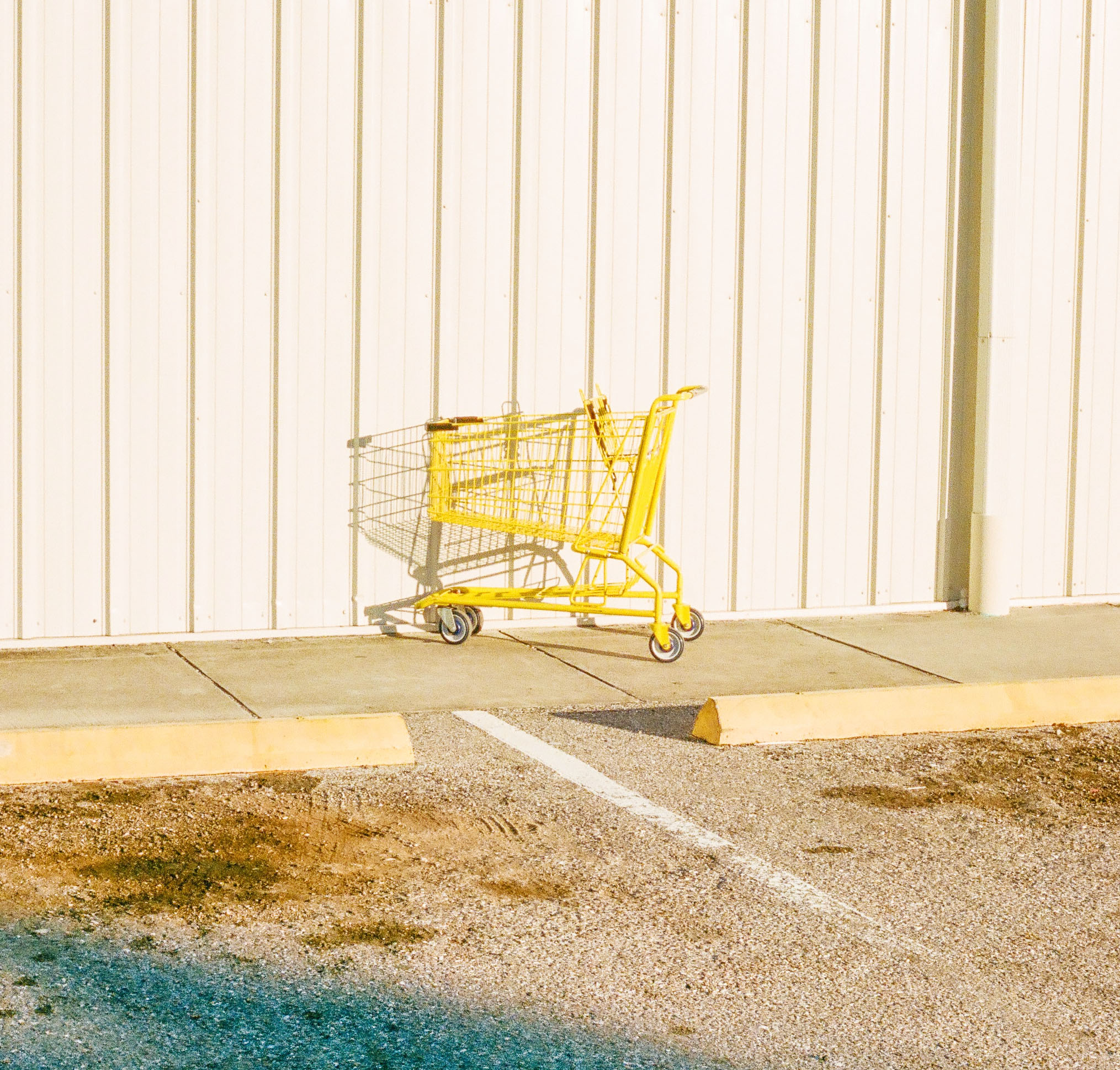In a context where the accelerating climate and social crisis is unforgiving, does the fashion industry have its priorities straight when it comes to adopting a socially and environmentally responsible production model? The industry’s efforts to transform its production and consumption model are simply not good enough. Focusing on misplaced priorities, where the goal is to save a capitalist system rather than redefine it, makes us wonder whether we’ve got the sector’s transformation model all wrong.
What do we mean by sustainable fashion?
Sustainable fashion needs to be accessible to everyone, and, above all, implies a change in dialogue at the level of fashion’s fundamental principles. We are all quick to think up ‘solutions’ which can be easily implemented within the current system, but few are brave enough to consider how life would be with a rapid and radical decrease in consumption. Yet this is precisely the task that we must undertake, and soon: essentially, the problem we face is that the industry is overproducing.
We are all quick to think up ‘solutions’ which can be easily implemented within the current system, but few are brave enough to consider how life would be with a rapid and radical decrease in consumption
What are our new priorities?
As most of the retail sector seems to have approached the idea of sustainable and ethical consumption as an excuse to buy more rather than buy better, clearly the first thing that must be done is effect a change in focus regarding the way we approach sustainability within the sector. What are our new priorities? BCOME is committed to five key points to understanding sustainability in the fashion industry in 2022.
- DNA as the principal axis of the fashion brand’s culture
The fashion industry is driven by timeframes and costs, meaning that quantity and speed prevails over quality – a situation brought about by an irresponsible cycle of high levels of consumer demand, prompted by the behaviour of the fashion industry itself. Sustainability is a pipedream as long as price, timeframes and margins continue to dominate. The first step is to posit sustainability as the principal, defining axis of the brand’s DNA, as in the case of Patagonia and Ecoalf, two pioneers when it comes to the integration of sustainability into brand culture.
- Reproduce: a new paradigm
The ‘circular economy’ or other technological solutions cannot respond to current volumes of consumer demand. We have to stop manufacturing new materials and products and recycle those which are already in existence if we are to see a positive impact. Waste must be used as a resource in itself. Post-industrial textiles such as cut-offs and fabric scraps can be given a new life, as can pre-consumption ones such as returned items and excess stock.
- Redefine the relationship with the consumer
Changing the consumer relationship is the first step towards reigning in overconsumption. It is not about an end to consumption overall, but rather ensuring we consume responsibly. We must stop encouraging overproduction and excessive consumption levels via the current culture of returns, sales, and trends. Rather we need to set an example: re-educating the consumer, working hand in hand with them and converting them into our best ally, thus bringing about change via a policy of transparency and trust.
- Diversification of commercial models
In order to really combat overproduction and its negative impacts, we have to find ways to prosper without simply selling more stuff. We must adapt to new commercial models, including more alternative ones based on renting and re-sale, or initiatives such as exchange. ‘Clothing-as-a-service’ is here to stay, and companies such as TheRealReal or Threadup are the proof. The future belongs to the brave!
- Sustainability cannot be bought
It is not possible to buy your way to sustainability. The idea that we can somehow buy a better world is how we got into this situation. Monetising the sustainable movement is not the solution. The solution does not involve increasing organic cotton production or certifying responsible production. The solution lies in a slowing down of the sector as a whole, in taking a more conscious approach and in investing in impact-driven initiatives.
It is not possible to buy your way to sustainability. The idea that we can somehow buy a better world is how we got into this situation. Monetising the sustainable movement is not the solution.
The current state of play? As things stand today, there is still much to be done. Now is the time to act. We are committed to long-term change, driven by data, high-quality knowledge, and disruptive innovations. The end of the year has always been synonymous with challenges and turning points: here at BCOME we challenge you to look back over the path that has brought you here and define new challenges for the future rooted firmly in knowledge and awareness. The sustainability revolution is unstoppable. Will you take up the challenge posed by this new revolution? Let’s talk!






